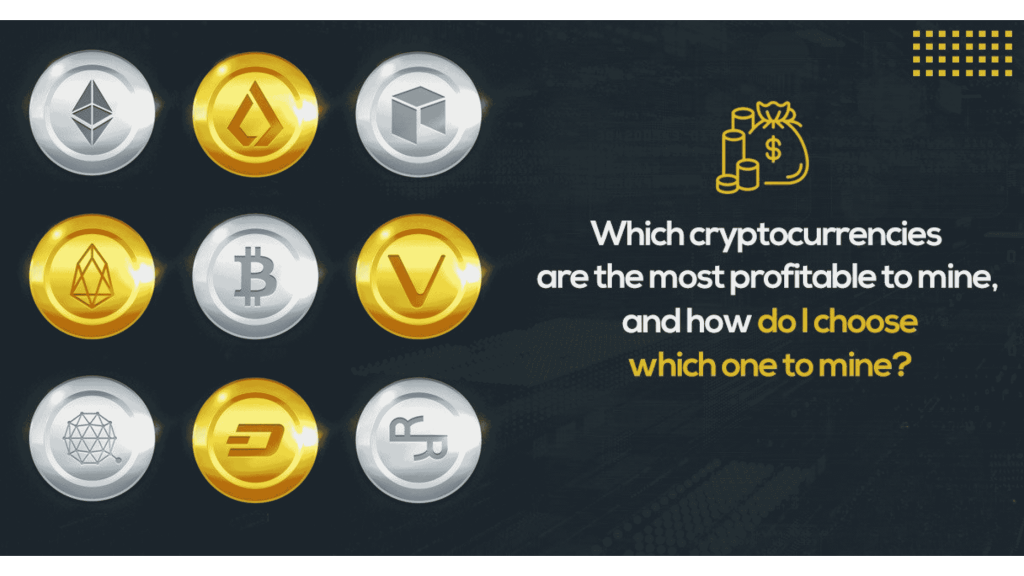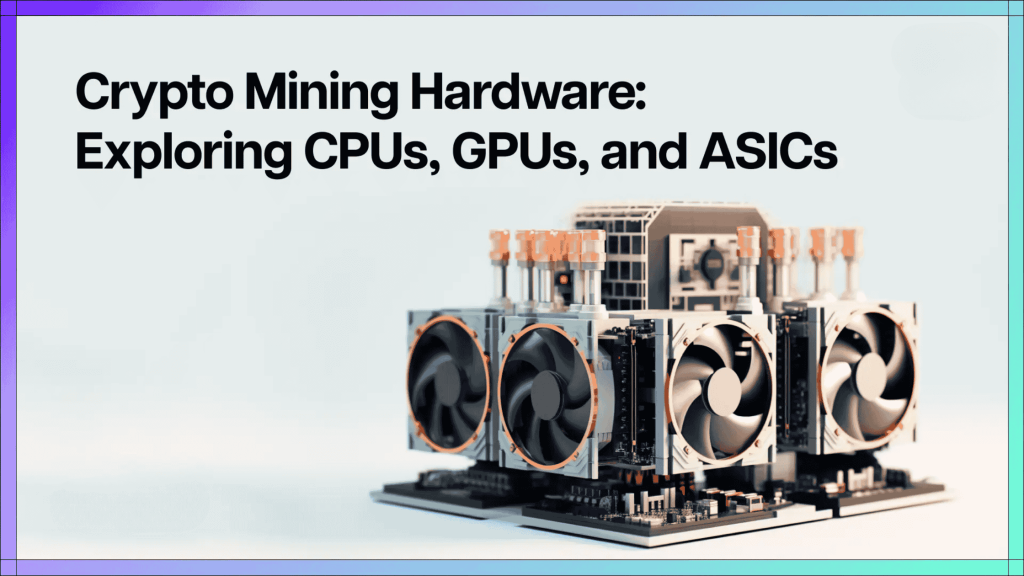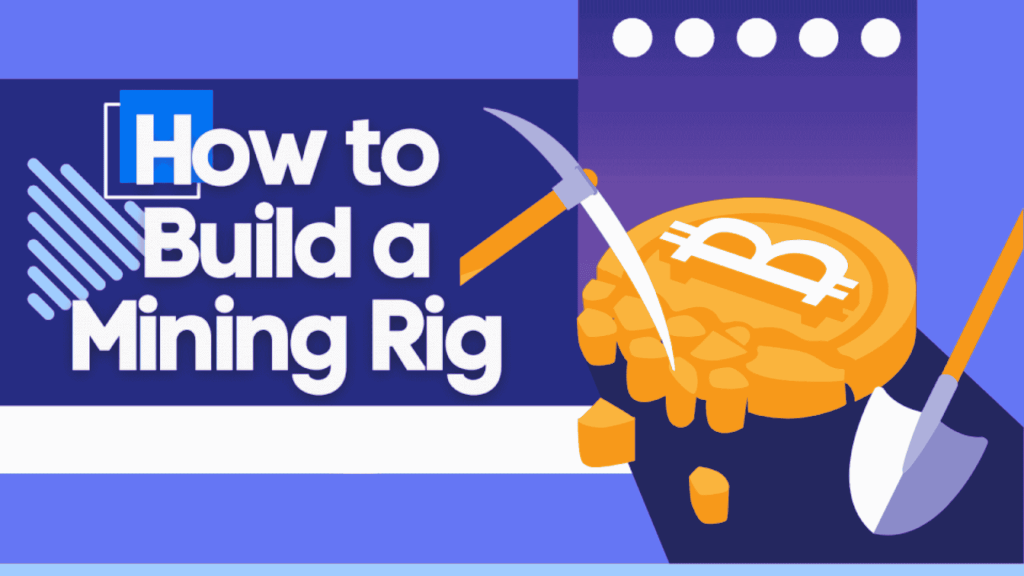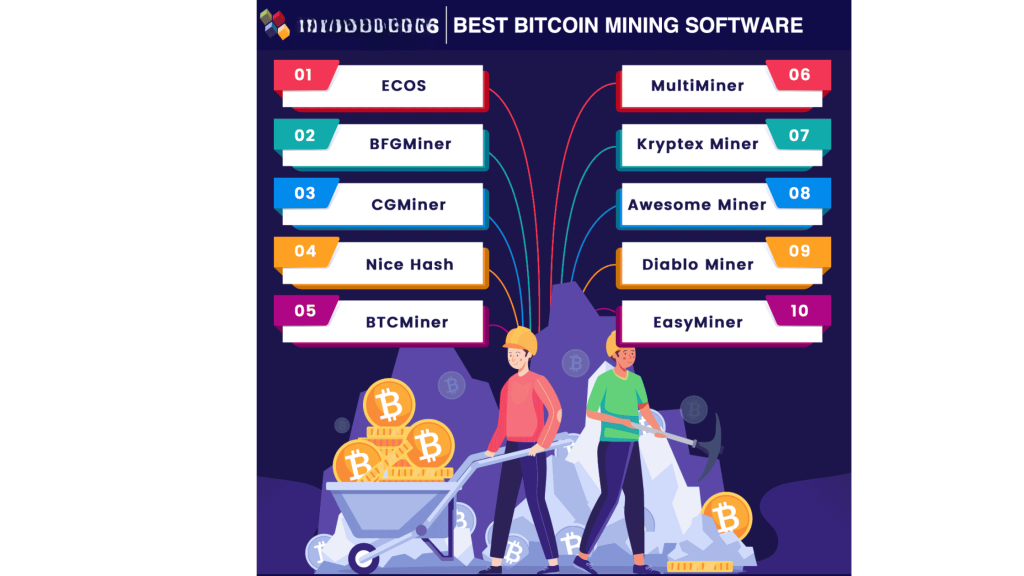Introduction
Cryptocurrency mining has gained immense popularity over the years as a way to earn digital assets while supporting blockchain networks. But can you really mine cryptocurrency at home, and is it still profitable in 2024?
While massive mining farms with industrial-grade equipment dominate the space, home mining remains a viable option—especially for those who choose the right cryptocurrency, hardware, and software. Whether you’re looking to mine Bitcoin, Ethereum Classic, Ravencoin, or Monero, this guide will provide step-by-step instructions to help you set up a home mining operation successfully.
In this guide, we’ll cover everything from understanding how cryptocurrency mining works to selecting the best mining hardware, optimizing energy efficiency, and calculating profitability. By the end, you’ll have the knowledge to determine if mining is a worthwhile venture for you and how to maximize your earnings.
Step 1: Understanding Cryptocurrency Mining

Cryptocurrency mining is the process of solving complex mathematical problems using powerful computers. Miners validate transactions on the blockchain and, in return, receive newly minted coins as a reward.
How Does Mining Work?
- A miner’s computer solves cryptographic puzzles.
- The first miner to solve the puzzle gets to validate a transaction block.
- The miner receives a block reward (cryptocurrency) for their work.
Proof-of-Work (PoW) vs. Proof-of-Stake (PoS)
- PoW (Bitcoin, Litecoin, Ethereum Classic): Requires mining hardware to solve mathematical problems.
- PoS (Ethereum, Cardano, Solana): Uses staking instead of mining for network security.
Step 2: Choosing the Right Cryptocurrency to Mine

While Bitcoin (BTC) is the most well-known, it is difficult to mine profitably at home due to high competition and electricity costs. Here are some cryptocurrencies that are easier to mine at home:
Best Cryptocurrencies for Home Mining
| Coin | Algorithm | Block Reward | Why Mine It? |
| Bitcoin (BTC) | SHA-256 | 6.25 BTC | High value, but requires expensive hardware. |
| Ethereum Classic (ETC) | Ethash | 2.56 ETC | Alternative to Ethereum mining. |
| Ravencoin (RVN) | KAWPOW | 5,000 RVN | GPU-friendly mining, good for beginners. |
| Monero (XMR) | RandomX | 0.6 XMR | Best for CPU mining, high privacy coin. |
| Zcash (ZEC) | Equihash | 3.125 ZEC | ASIC-friendly mining, good for privacy advocates. |
| Litecoin (LTC) | Scrypt | 12.5 LTC | One of the oldest altcoins, widely accepted. |
TIP: Use mining profitability calculators like Whattomine to see which coins are most profitable.
Step 3: Choosing the Right Mining Hardware

Your mining success depends on hardware efficiency, which includes processing power and energy consumption.
Types of Mining Hardware
- ASIC Miners (Best for Bitcoin Mining)
- Highly efficient but expensive and noisy.
- Example: Bitmain Antminer S19 Pro ($3,000+).
- GPU Mining (Best for Altcoins)
- Uses high-end graphics cards (GPUs) to mine coins like Ethereum Classic or Ravencoin.
- Example: NVIDIA RTX 3090 / AMD RX 6900 XT.
- CPU Mining (For Privacy Coins Like Monero)
- Uses your computer’s processor. Low profitability but easy to start.
- Example: AMD Ryzen 9 5950X.
Step 4: Setting Up Your Home Mining Rig

4.1 Choosing the Right Location
- Cool, well-ventilated area to prevent overheating.
- Noise management (ASIC miners are loud).
- Stable electricity supply to avoid interruptions.
4.2 Connecting Your Hardware
- Assemble the Mining Rig (For GPUs, attach risers to avoid overheating).
- Install a Power Supply Unit (PSU) – Ensure it has enough wattage.
- Connect to Your Internet Router (Wired Ethernet preferred for stability).
4.3 Optimizing for Efficiency
- Use cooling fans or an exhaust system to manage heat.
- Undervolt GPUs to reduce power consumption and heat output.
Step 5: Installing Mining Software

Once your hardware is set up, you need mining software to connect to a mining pool and start mining.
5.1 Choosing the Right Mining Software
| Software | Best For | Supported Hardware | Download Link |
| CGMiner | Bitcoin Mining | ASIC Miners | cgminer.org |
| NiceHash | Beginners (Auto-Selects Profitable Coins) | GPU & CPU | nicehash.com |
| PhoenixMiner | Ethereum Classic Mining | GPU | phoenixminer.info |
| XMRig | Monero Mining | CPU | xmrig.com |
5.2 Setting Up Your Mining Software
- Download & Install the mining software.
- Enter Mining Pool Details (Find a reliable mining pool for your coin).
- Configure Wallet Address (So mining rewards go to your wallet).
- Start Mining – Run the miner and monitor performance.
TIP: Use monitoring tools like HiveOS or MSI Afterburner to track performance.
Step 6: Joining a Mining Pool

Mining pools allow miners to combine their computing power to earn more consistent rewards.
Best Mining Pools for Different Cryptos
| Cryptocurrency | Best Mining Pool | Pool Fee |
| Bitcoin (BTC) | SlushPool | 2% |
| Ethereum Classic (ETC) | Ethermine | 1% |
| Ravencoin (RVN) | F2Pool | 2% |
| Monero (XMR) | MineXMR | 1% |
Step 7: Calculating Mining Profitability

Mining profitability depends on electricity costs, hardware efficiency, and crypto price fluctuations.
Use Profitability Calculators
- Whattomine
- CryptoCompare
Factors Affecting Profitability
✔ Electricity Costs – High energy costs can make mining unprofitable.
✔ Mining Difficulty – More miners = harder to mine new coins.
✔ Crypto Market Prices – Profits vary with price fluctuations.
FAQs
1. Can I mine Bitcoin at home profitably?
Bitcoin mining requires expensive ASIC miners and cheap electricity to be profitable. Most home miners prefer altcoins like Ravencoin or Monero.
2. How much does it cost to start mining at home?
A basic GPU mining rig costs around $2,000–$5,000, while an ASIC miner for Bitcoin can cost $3,000+.
3. What is the best beginner-friendly cryptocurrency to mine?
Monero (XMR) is good for beginners because it can be mined with a regular CPU, avoiding the high cost of GPUs or ASICs.
4. Is cryptocurrency mining legal?
Mining is legal in most countries, but some places restrict or tax it heavily. Always check local regulations before mining.
5. Can I mine crypto with a regular PC?
Yes, but it’s not efficient. CPU mining works for coins like Monero, but mining Bitcoin or Ethereum requires specialized ASICs or GPUs.
Conclusion
Cryptocurrency mining at home can be an exciting and rewarding venture if approached correctly. While large-scale operations dominate the industry, home mining is still possible with the right hardware, software, and strategy. By selecting energy-efficient equipment, optimizing power consumption, and choosing the right cryptocurrency, you can turn mining into a profitable side hustle.However, success in mining depends on factors like electricity costs, market fluctuations, and mining difficulty. It’s essential to calculate profitability before investing and stay updated with industry trends.



